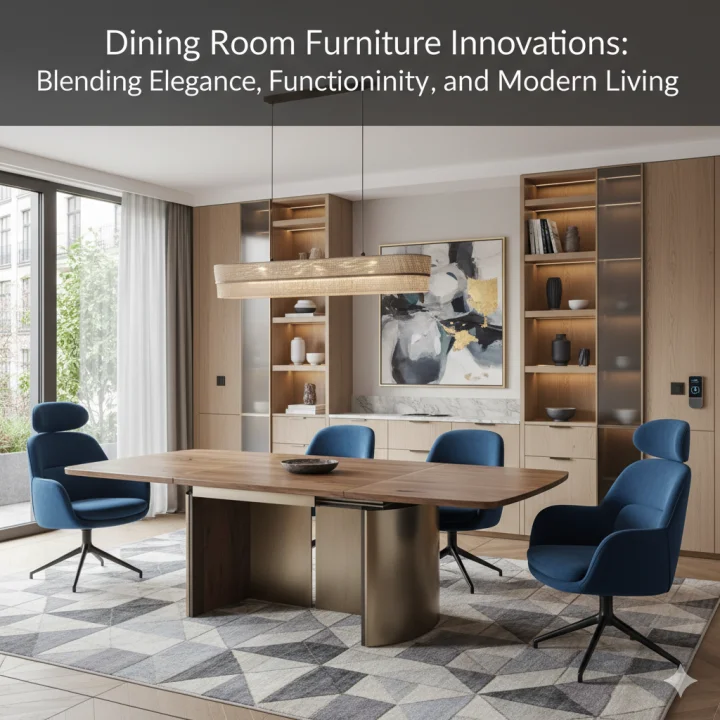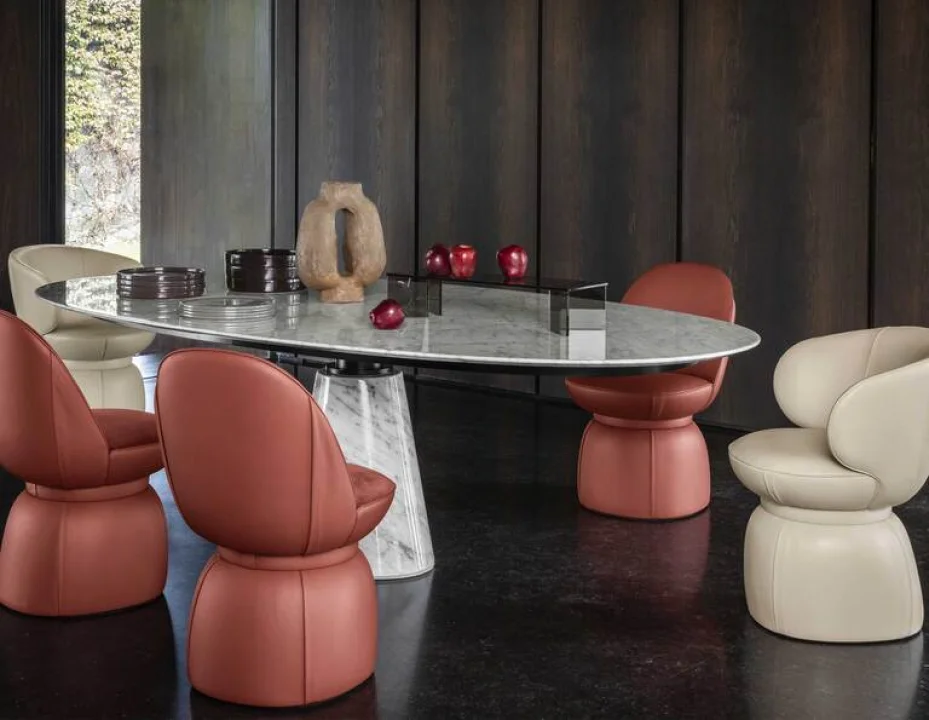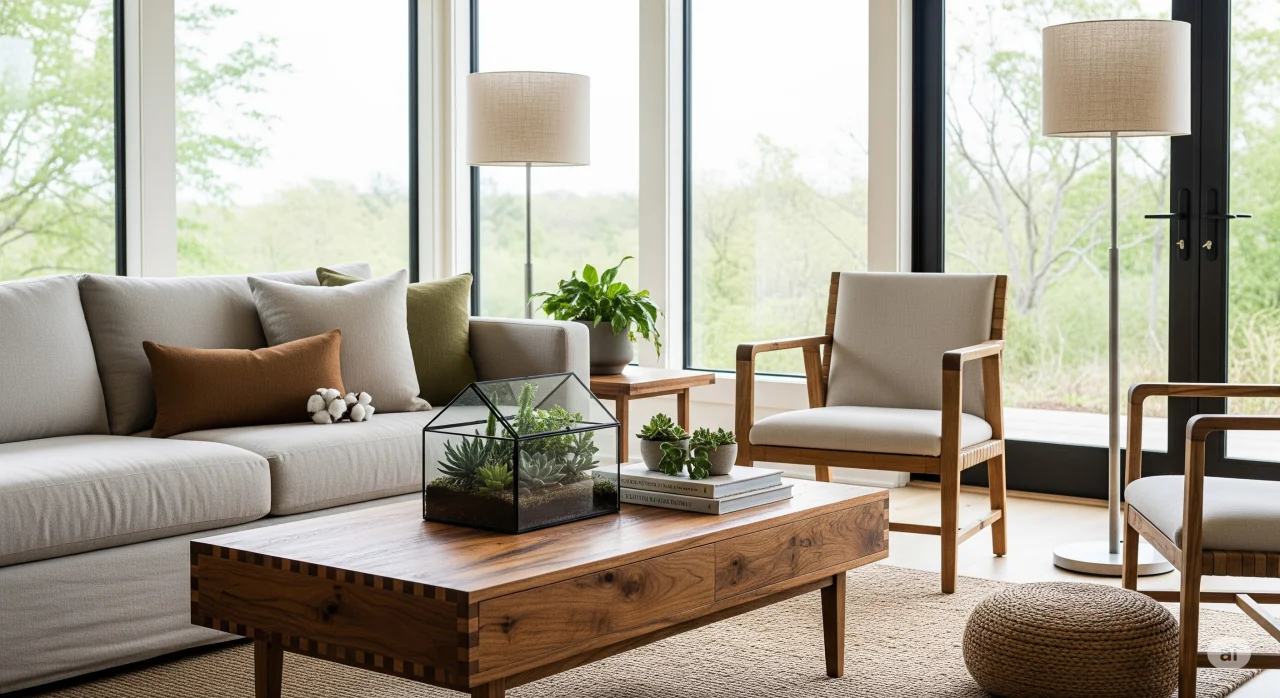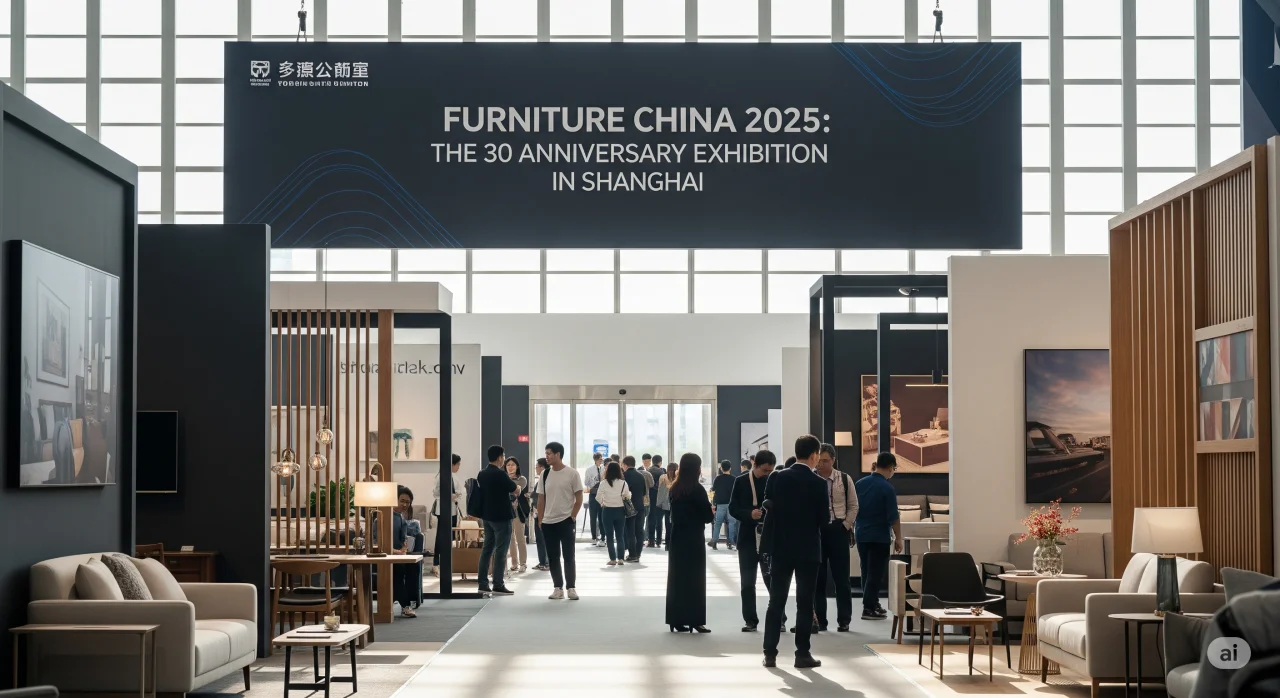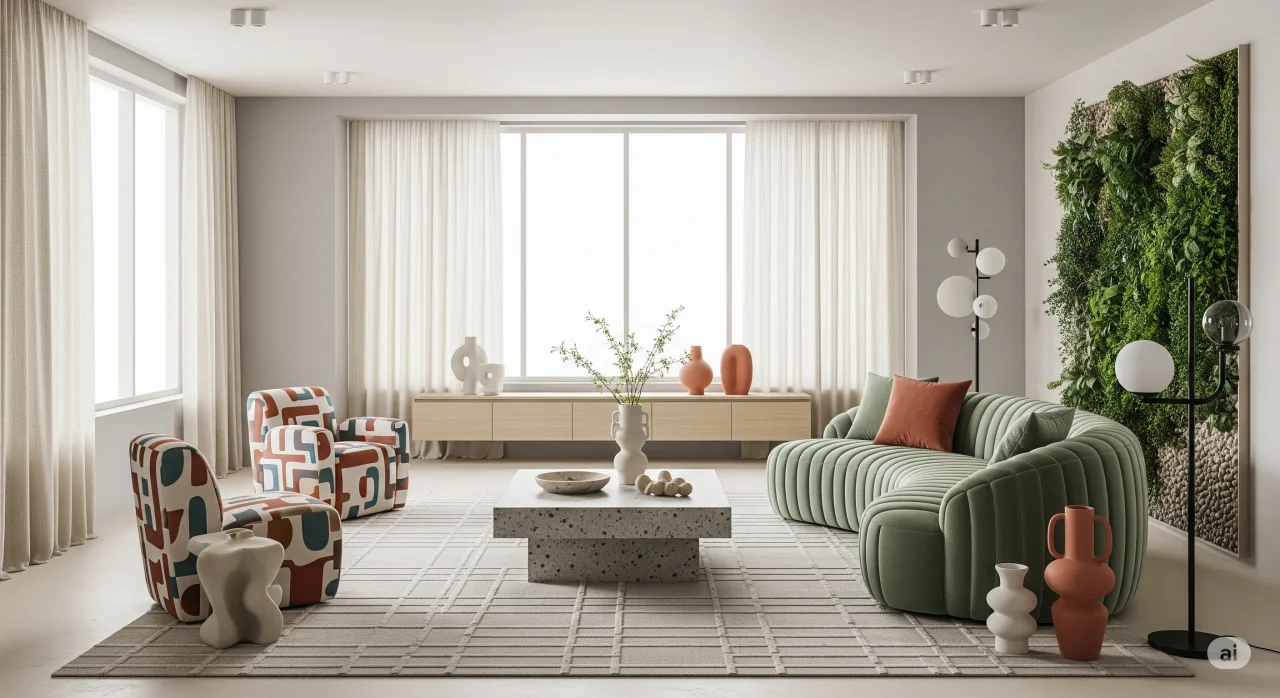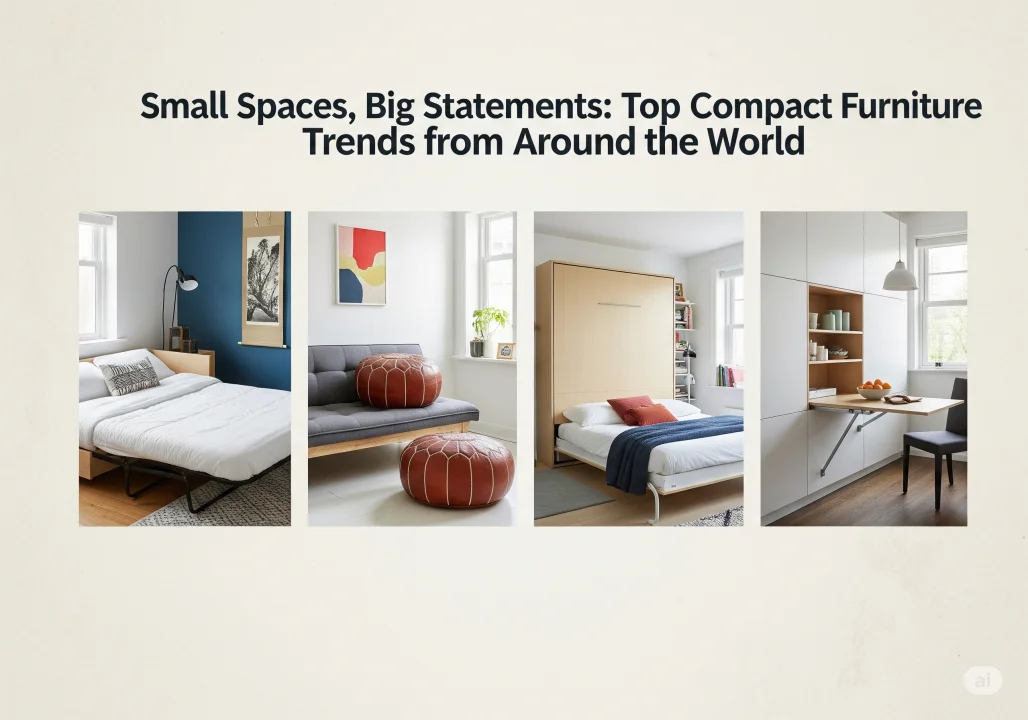The dining room has always been more than just a place to eat—it is a space for gathering, entertaining, and creating memories. As lifestyles evolve, so too does dining room furniture, which is being reimagined to balance functionality, aesthetics, and innovation. FurniPress showcases how designers and brands are reshaping the dining experience with cutting-edge ideas that reflect both tradition and modernity.
1. Extendable and Multifunctional Dining Tables
At the heart of every dining room is the table, and recent innovations focus on versatility. Extendable dining tables with hidden panels, rotating mechanisms, or foldable designs allow homeowners to adapt to different occasions—whether hosting a dinner party or enjoying an intimate meal. Some models even integrate built-in storage or convertible surfaces that double as workspaces.
2. Sustainable and Eco-Friendly Materials
Sustainability continues to shape the dining room furniture market. Reclaimed wood, bamboo, recycled glass, and natural stone are increasingly being used in dining tables and chairs. Beyond materials, eco-conscious craftsmanship emphasizes durability and timeless design, ensuring that pieces last for generations rather than being replaced frequently.
3. Luxury Meets Minimalism
Luxury dining furniture has embraced a new form of elegance: refined minimalism. Sleek marble-top tables, sculptural metal bases, and upholstered chairs with clean lines dominate high-end collections. The trend reflects a desire for sophistication without excess, where quality craftsmanship and premium materials speak for themselves.
4. Smart Dining Furniture
Technology is entering the dining room through smart furniture innovations. Tables with wireless charging stations, integrated lighting, and even touch-controlled surfaces are becoming more common. These features add modern convenience while maintaining a polished, elegant look.
5. Mix-and-Match Seating
Dining room design is moving away from uniformity. Mix-and-match seating arrangements—pairing upholstered chairs with wooden benches, or combining different chair styles around the same table—create a curated, eclectic look. This trend allows greater personalization and transforms the dining space into a reflection of individuality.
6. Statement Lighting Integration
Although not furniture in the traditional sense, lighting has become an integral part of dining room furniture design. Some modern tables now feature integrated LED lighting or suspended fixtures that coordinate directly with the furniture, blurring the line between functional lighting and design centerpiece.
7. Compact and Space-Saving Solutions
Urban living has increased the demand for space-efficient dining solutions. Fold-out tables, wall-mounted dining surfaces, and stackable chairs allow smaller homes to enjoy stylish dining setups without sacrificing space. Designers are focusing on maximizing flexibility while maintaining elegance.
8. Culturally Inspired Designs
Dining rooms remain a space of tradition, and modern furniture often incorporates cultural influences—from Japanese-inspired low tables to Scandinavian simplicity and Italian craftsmanship. These global elements enrich contemporary interiors, making dining spaces both meaningful and stylish.
Dining room furniture innovations reflect a dynamic balance of functionality, sustainability, and design excellence. From extendable tables and smart features to eco-friendly craftsmanship and luxury minimalism, today’s dining rooms are designed to adapt to modern lifestyles while preserving the timeless ritual of gathering around the table.
FurniPress continues to explore these evolving trends, offering readers inspiration to transform their dining spaces into environments that are not only practical but also deeply expressive of style and culture.

